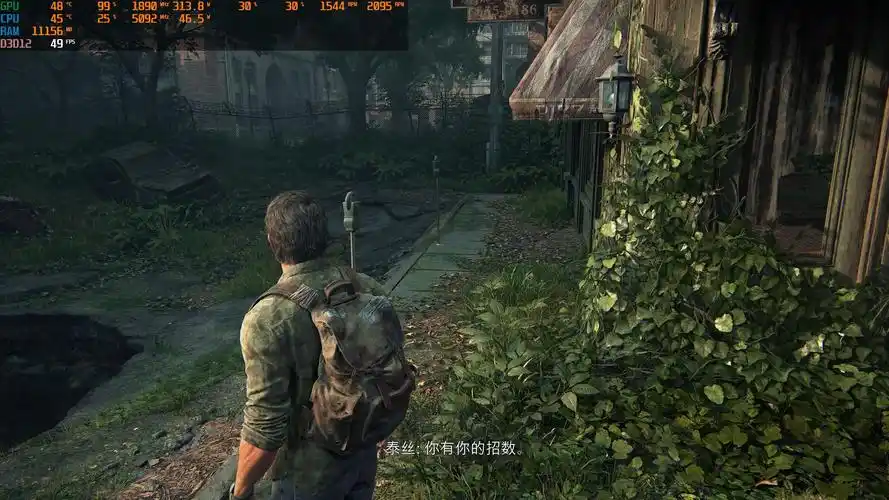Title: Venturing Deeper into the Mind: How 'Brain Missions' Expands the Horizons of Neuroscientist Simulator VR
The human brain, with its intricate web of nearly 90 billion neurons, has long been the final frontier of human understanding. For years, Neuroscientist Simulator VR has stood as a pioneering gateway into this complex universe, allowing students, enthusiasts, and aspiring scientists to don a virtual reality headset and step into a fully-equipped laboratory. Here, they could dissect neural pathways, manipulate synapses, and witness the electric ballet of cognition in a way previously confined to theory and textbooks. Now, with the release of its ambitious expansion, "Brain Missions," the experience transcends the lab walls, transforming players from passive observers into active field agents on a thrilling journey to the very core of human experience.
From Laboratory to Fieldwork: The Premise of Brain Missions
The core genius of the Brain Missions expansion lies in its paradigm shift. While the base game excelled at teaching the how of neuroscience—the tools, the procedures, the isolated functions—the expansion tackles the why. What happens when these neural systems are integrated into a living, breathing, and often struggling human being? The expansion introduces a narrative-driven campaign where players are recruited by a cutting-edge neuro-tech initiative.
Your mission, should you choose to accept it, is to enter the minds of a diverse set of "Patients" or "Subjects" via an advanced VR-linking technology. Each mission is a unique puzzle-box built from memory, emotion, and perception. You are no longer just a scientist; you are an explorer, a repair technician, and a detective of the psyche.
A Catalog of Cognitive Expeditions
The missions themselves are the heart of the expansion, each designed around a specific neurological or psychological theme.
-
The Maestro's Silence: Enter the mind of a renowned concert pianist who has suddenly lost the ability to read sheet music (a case of acquired alexia). The mission isn't just about locating the damaged neural pathway; it’s about navigating a surreal landscape where musical notes literally fall like rain from crumbling memories, and you must work to reforge the connection between the visual cortex and the language centers. Using your virtual tools, you might need to stimulate the angular gyrus to rebuild bridges of understanding, all while being accompanied by a fading symphony of the subject's most cherished compositions.
-
The Navigator's Labyrinth: This mission explores spatial memory and the hippocampal formation. Your subject is a world-class orienteer who now gets lost in their own home. Inside their mind, you find a once-beautiful 3D map of their hometown shattered into floating, disconnected islands. Your task is to pilot a micro-submersible through cerebrospinal fluid-like rivers, using targeted electrical impulses to "defrag" the grid cells and place cells, literally piecing their internal world back together.
-
The Veteran's Fortress: Tackling the delicate subject of Post-Traumatic Stress Disorder (PTSD), this mission is a powerful and empathetic portrayal of the amygdala and prefrontal cortex dynamics. The subject's mind is a defensive fortress, guarded by hyper-vigilant neural sentries and surrounded by treacherous landscapes born from traumatic memories. The goal is not to "delete" these memories but to carefully modulate the emotional response attached to them. You must de-escalate the overactive amygdala and strengthen the regulatory pathways from the prefrontal cortex, not with brute force, but with precision and understanding, helping the subject lower their defenses and integrate their experiences.
Advanced Tools for a Deeper Dive
Brain Missions doesn’t just offer new levels; it introduces a new arsenal of VR-enabled tools that make the experience profoundly immersive.
- The "Empathy Link" is a haptic feedback system that allows you to literally feel the emotional state of the subject's mind—a low hum of anxiety, a sudden spike of fear, or a calming wave of relief as you correct a malfunction.
- The "Neural Weaver" lets you manually guide axonal regrowth and synaptogenesis with motion-controlled gestures, physically knitting together broken connections with intricate hand movements.
- A upgraded "Bio-Feedback Scanner" provides real-time data on neurochemical levels (dopamine, serotonin, cortisol), forcing you to balance your interventions to avoid causing a chemical imbalance while repairing structural damage.
The Impact: Education Through Empathy

Beyond the thrilling gameplay, Brain Missions achieves something remarkable: it teaches neuroscience through empathy and narrative. Players don't just learn that the hippocampus is for memory; they learn what it feels like when it fails. They don't just memorize the function of the fusiform gyrus; they see the world through the eyes of someone whose ability to recognize faces is gone. This expansion makes the science personal, urgent, and deeply human.
It transforms abstract neurological concepts into tangible, solvable problems with real human stakes. By the end of a mission, players have not only applied textbook knowledge but have also gained a profound appreciation for the resilience and fragility of the human mind.
In conclusion, the Brain Missions expansion for Neuroscientist Simulator VR is a masterstroke. It successfully merges rigorous scientific simulation with compelling storytelling and profound emotional depth. It pushes the boundaries of educational VR, proving that the most effective way to understand the brain is not just to study it, but to truly step inside and experience its incredible, complex, and beautiful struggle to function. It is an essential and unforgettable journey for anyone curious about what makes us human.

















